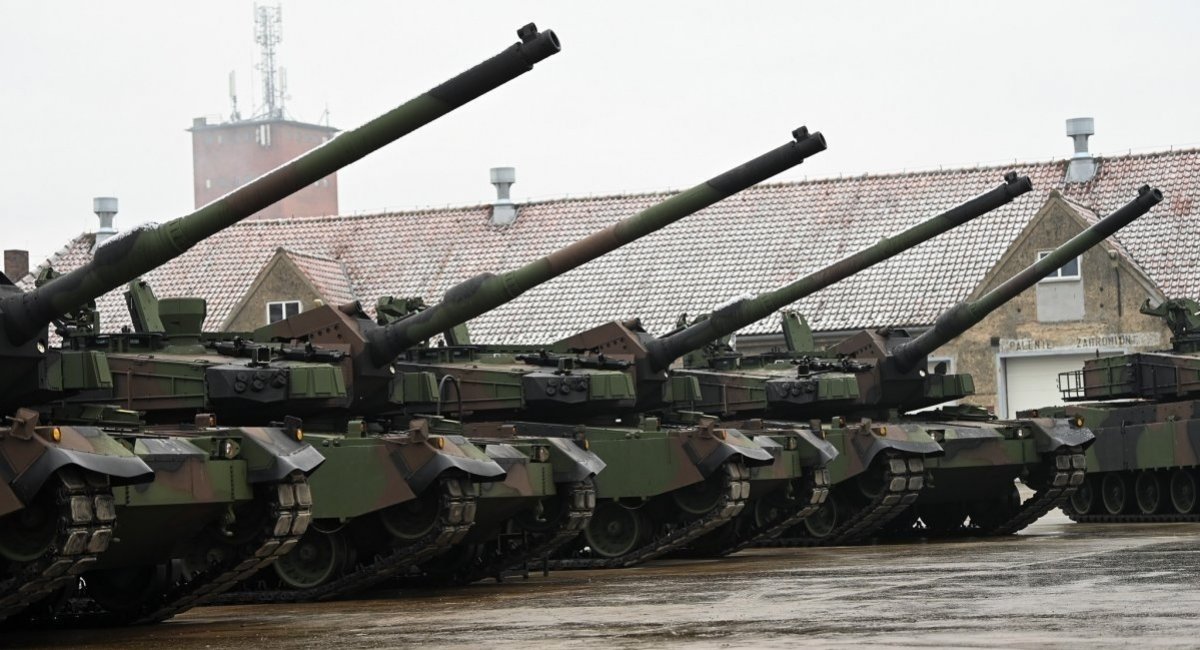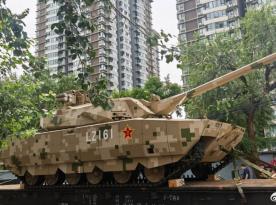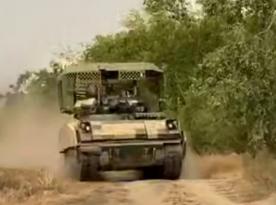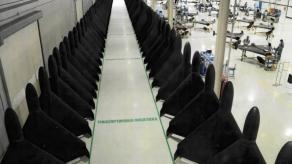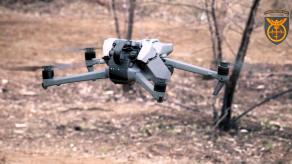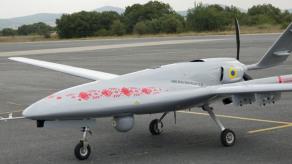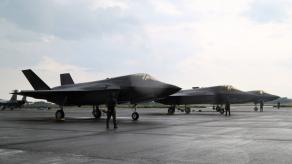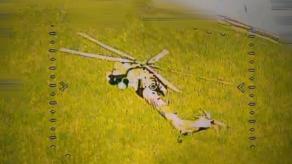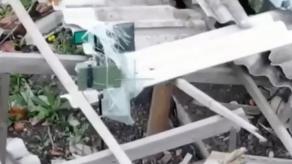Poland is set to produce hundreds of K2PL main battle tanks a year — localized version of the South Korean K2 Black Panther. The ambitious plan is to turn Poland into one of the region's powerhouses of tank manufacture, with a possibility to not just sate the domestic armed forces but sell K2s for export.
Warsaw wants its defense companies to independently make hulls and guns for the K2PL, electronics and communication tools, as well as hydropneumatic suspension. As committed as it sounds, the production is scheduled to commence in late 2027 or 2028 because the foundation is yet to be laid. But that didn't stop a media scandal from breaking out already.
Read more: Poland Receives First K2 Tanks Just 102 Days After Ordering, But First Battalions Won't Be Combat-Ready For 3 Years
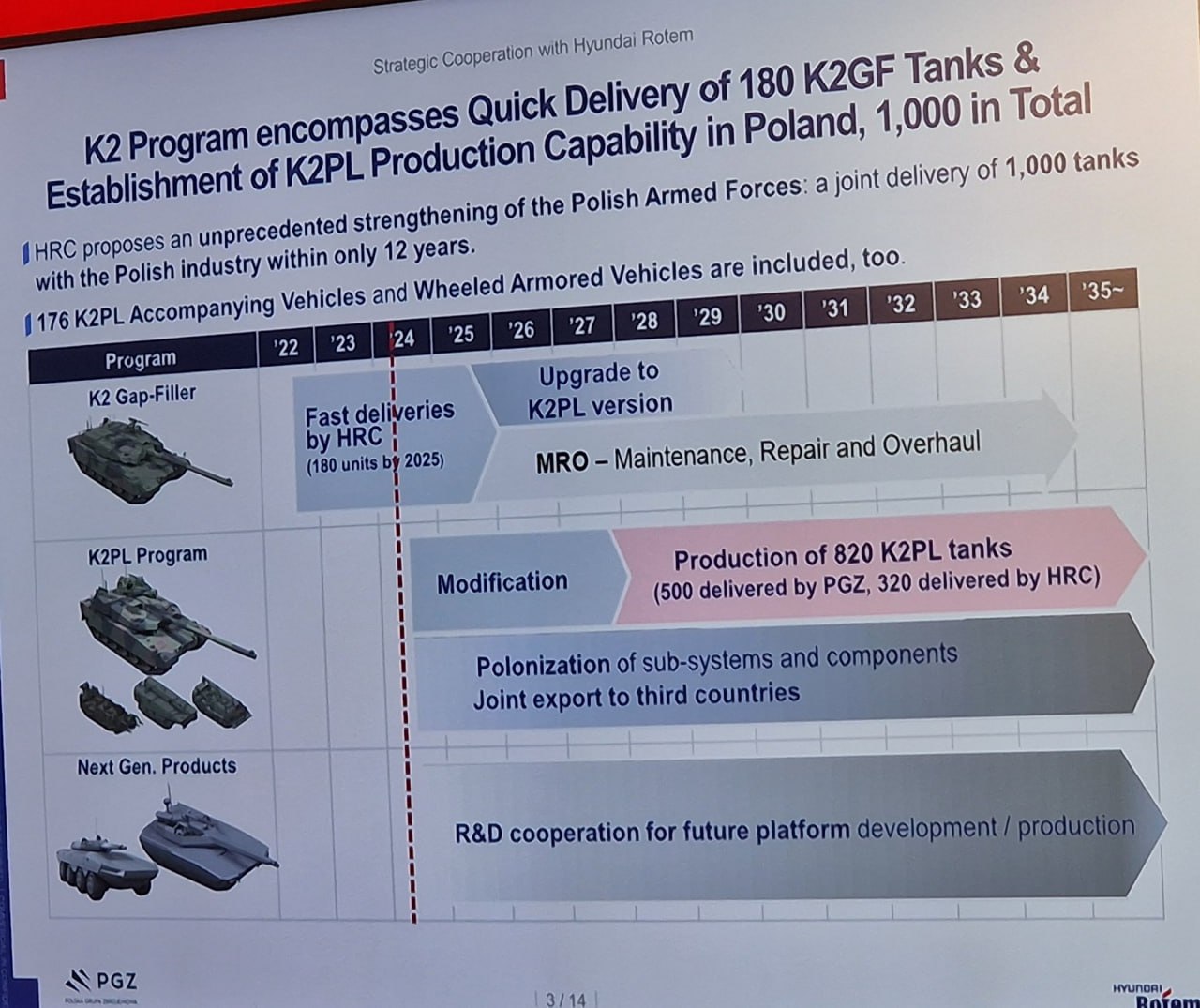
During the Defence24 Days conference in Warsaw, the recently appointed President of PGZ Krzysztof Trofiniak made a few remarks sparking a debate and forcing PGZ to make a clarification statement. Specifically, he said:
"The biggest challenge will be K2. Not so long ago there were many words with declarations about where this tank will be produced. Well, it certainly won't be a plant that employs 350 people and has a limited area for expansion."

It was previously reported that Polish factories Wojskowe Zakłady Mechaniczne SA and/or H. Cegielski SA would be tasked with producing the tanks. Dziennik Gazeta Prawna interpreted these words as a marker that the location of the industrial lines of K2 had been changed.
Particularly, in favor of the Bumar-Łabędy plant in Silesia, after Trofiniak noted that the main focus in making tank parts and providing service for K2 is envisioned to be done at Bumar.
Soon, PGZ issued a statement that referenced a "harmful narrative spreading in the media regarding the location of K2 tank production."
"In no way did the president of PGZ, Krzysztof Trofiniak, exclude Wojskowe Zakłady Mechaniczne SA or H. Cegielski SA from this project," reads the statement.
"Many companies will participate in the K2 tank production program, including those from Silesia. <...> Anyone who knows the arms industry and takes into account the size of this contract cannot expect that its implementation will take place within only one company," PGZ notes, adding that implementing the project of such scale would also require cooperation from private sector companies.
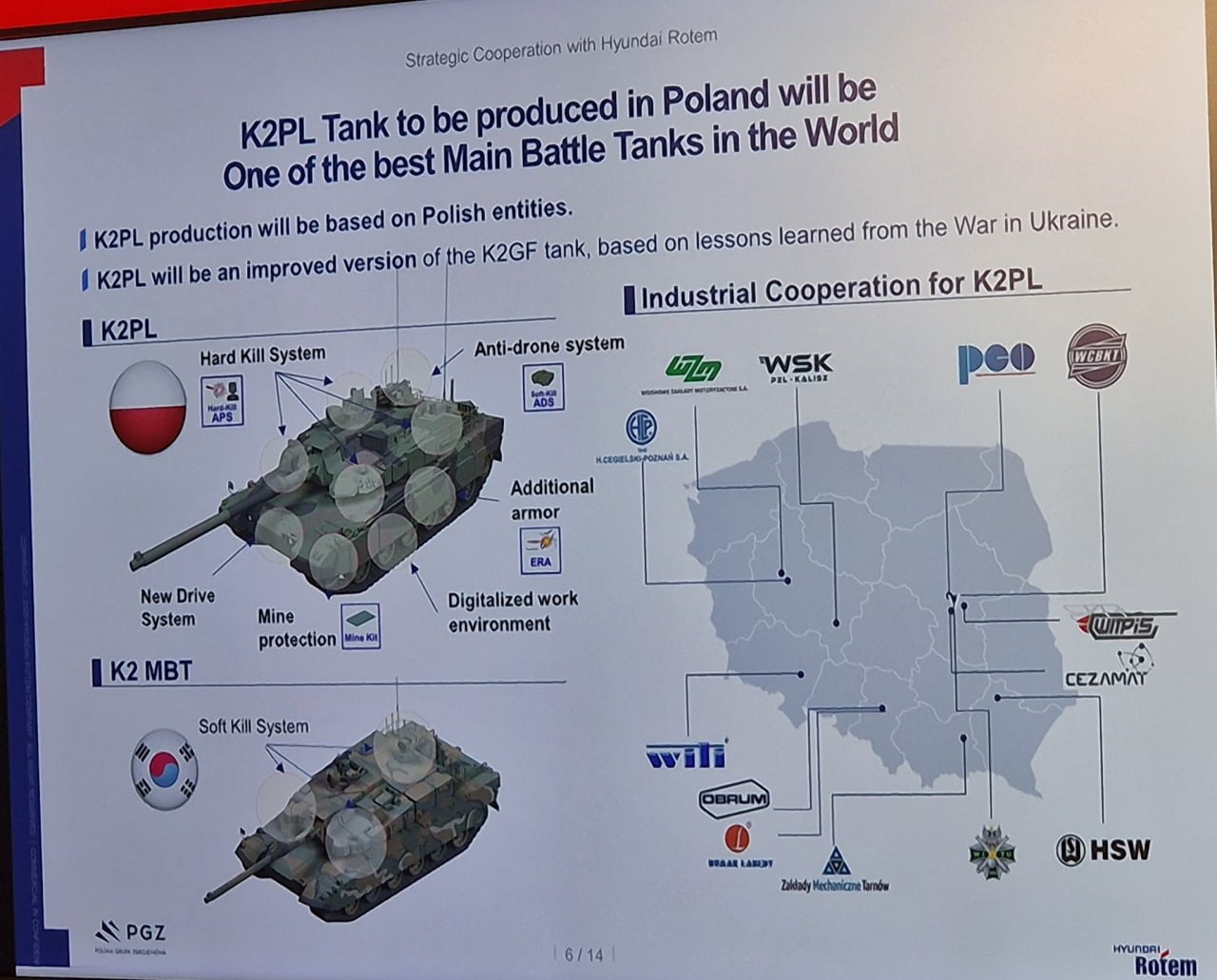
Earlier, Defense Express pointed out similar "confusing situations" emerging amid Poland's ambitious plans to rearm its military forces. For example, in February 2024, electoral cycles in both Poland and South Korea were delaying a $12 bln deal on loan for weapons, including K2 tanks, FA-50 aircraft, and K239 artillery rocket systems.
Also, expectations have faltered about the Polish program aiming to expand domestic production of ammunition, from 800,000 down to 300,000 shells estimated to be manufactured by 2029.
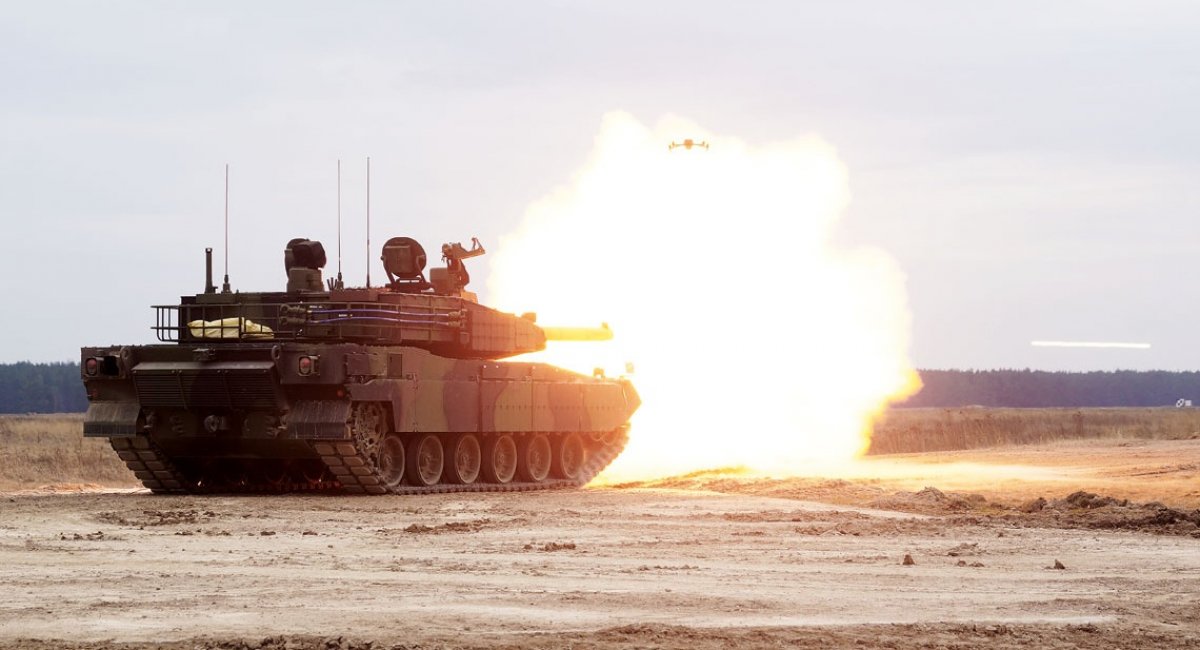
Read more: Polish Artillerymen Learn to Spread Out Howitzers and Fire Like Ukrainians



